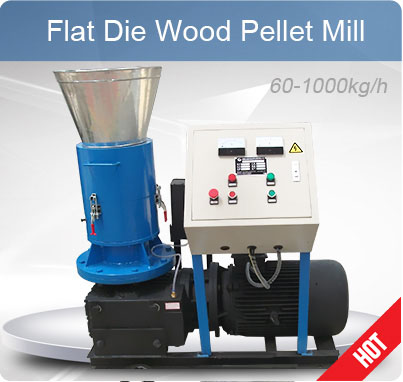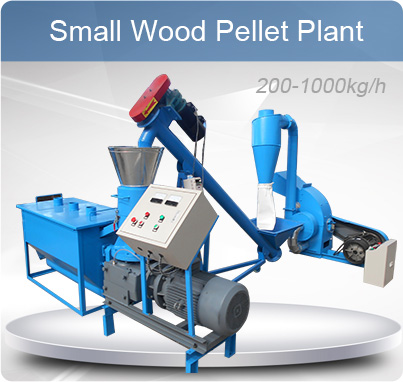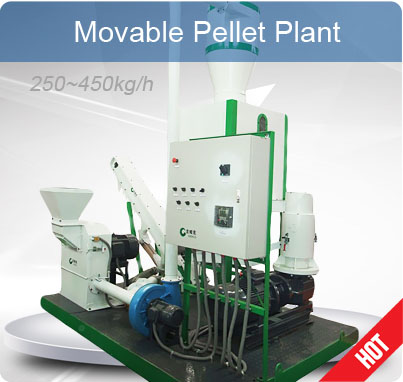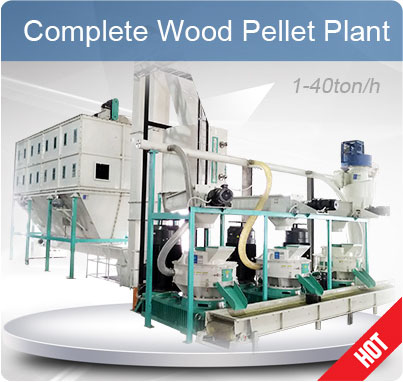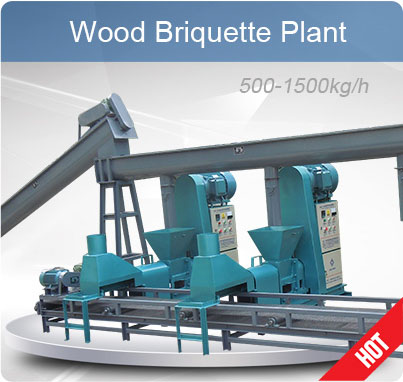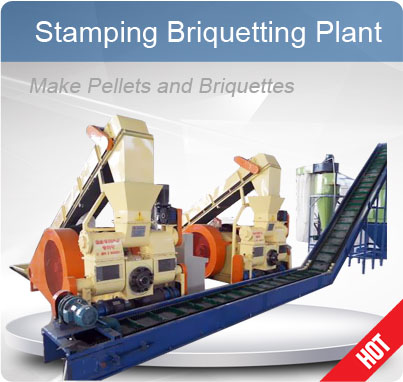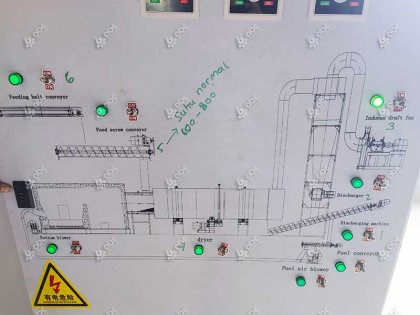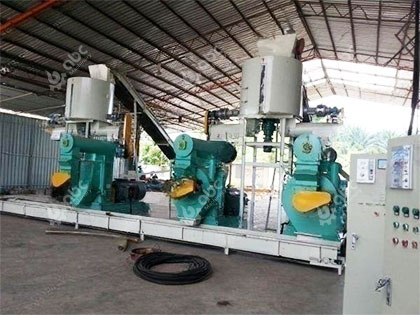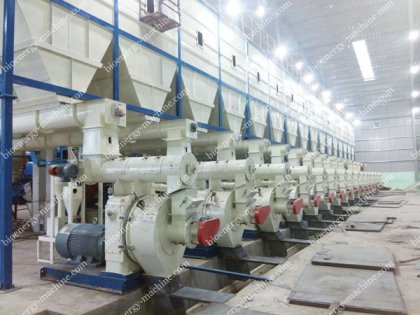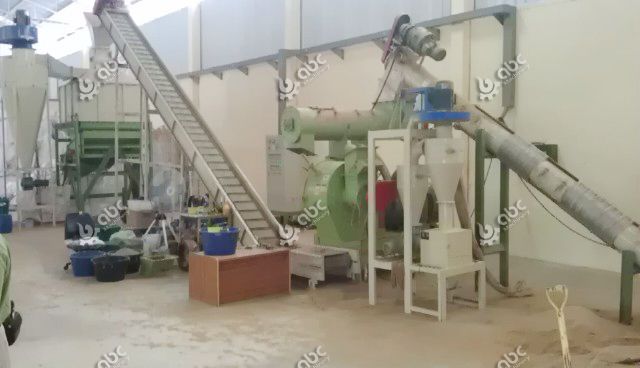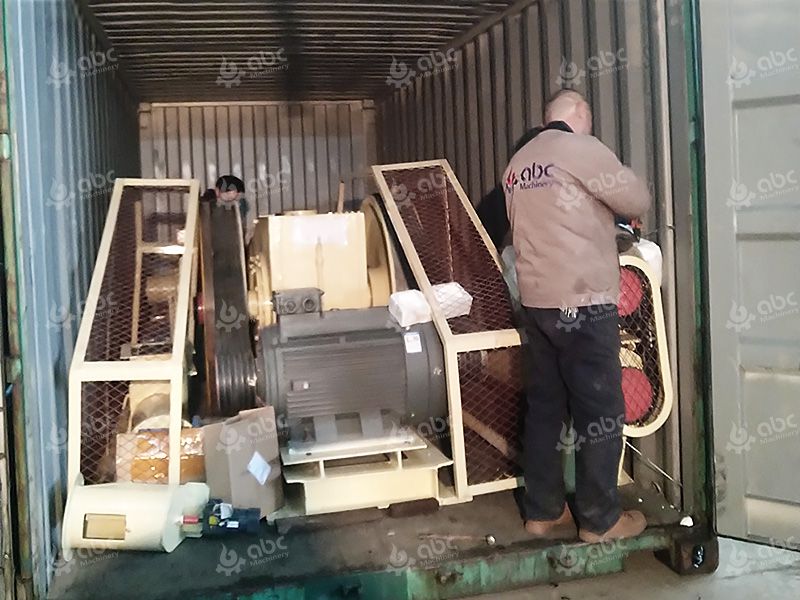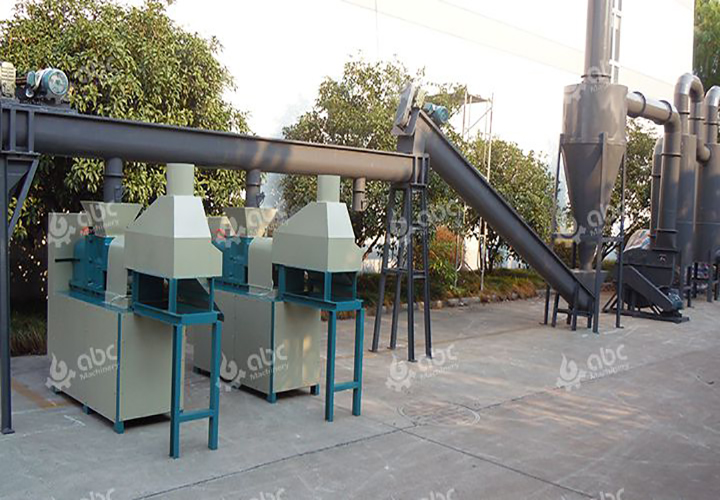Refuse-Derived Fuel (RDF) turns waste into a flexible, sustainable energy source—powering cement kilns, steel plants, and heating systems while meeting strict emissions targets. This page explores RDF waste-to-energy technologies: engineering, integration, and scaling for industries like cement, steel, and biomass.
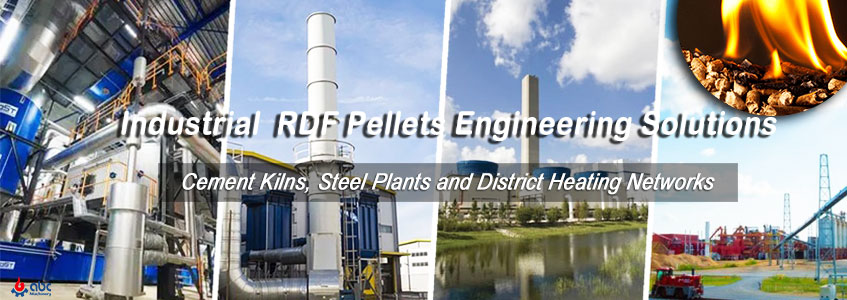
RDF Fuel Integration in Cement Kilns, Steel Plants and District Heating Networks
ABC Machinery delivers tailored solutions, from fuel processing to system integration. Contact our experts for a free feasibility assessment and equipment quotes.
RDF Applications Across Industrial and Waste-to-Energy Sectors

RDF Pellet Solutions and Applications
1.RDF as an Alternative Fuel in Cement and Steel Plants
The use of RDF in cement and steel industries is advancing fast due to rising fossil fuel prices and stringent carbon regulations.
-
RDF in Cement Plants
Modern cement kilns can substitute over 50% of their thermal input with RDF. Precalciner and rotary kiln zones are specifically retrofitted to handle RDF pellets and fluff with consistent combustion profiles. Plants in Europe report savings of up to $20/ton of clinker produced using RDF.
-
RDF in Steel Manufacturing
In EAF and ladle pre-heating systems, RDF can reduce natural gas use by 25–35%. This transition is supported by automatic feeding units and emissions control retrofits.
Lifecycle Emissions Benefit
A recent analysis by the European Cement Association shows RDF use can cut lifecycle CO₂ emissions by 28% per ton of cement. Steel plants also report NOx reductions of 30–40% after partial RDF substitution.Industrial adoption of RDF is no longer experimental—it’s a proven, scalable solution aligned with carbon neutrality goals.
2.Transforming Agricultural and Municipal Waste into RDF Fuel
Agricultural residues such as straw, husks, and pruning waste, along with sorted municipal solid waste (MSW), form the backbone of RDF feedstock.
After drying and pelletizing, RDF achieves calorific values of 16–19 MJ/kg and can be stored for up to 12 months. It meets EN ISO 21640 standards for non-hazardous solid fuels.
From rice husks to plastic films, RDF enables clean fuel production from diverse waste streams.
3.Engineering RDF Heating Systems for Commercial and Residential Use
RDF can power decentralized heating networks, especially in colder regions with limited gas access.
In Poland and South Korea, RDF-fueled district heating achieves >80% efficiency and serves over 500,000 households. Commercial installations see payback periods under 4 years due to lower heating oil costs and regulatory incentives.
RDF heating is gaining traction where biomass alone cannot meet urban heat demands efficiently.
Ready to integrate RDF into your energy systems? ABC Machinery offers custom combustion solutions for industrial waste-to-energy setups.
RDF Waste to Energy Utilization in Industry:Technologies and Trends
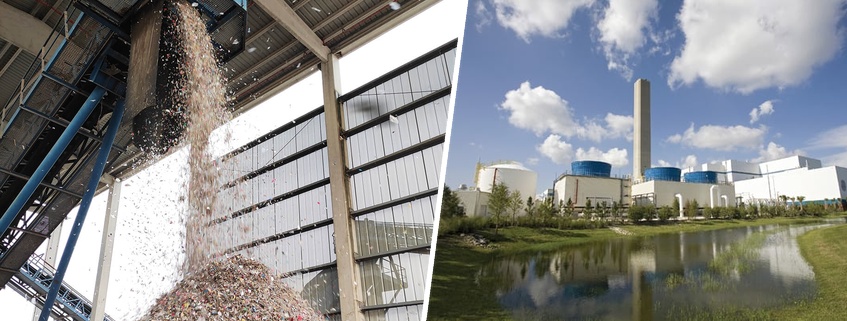
RDF Pellets Processing for Sustainable Energy
Refuse-Derived Fuel (RDF) is becoming a strategic solution in rdf waste to energy systems, offering an efficient and lower-emission energy source for high-temperature industrial processes. As industries seek alternatives to fossil fuels, RDF technology is gaining traction globally.
RDF Fuel Technology Overview
RDF production begins with waste pretreatment processes that include shredding, sorting, and drying. These steps reduce moisture levels to 10–15% and ensure consistent calorific value, typically between 15–20 MJ/kg. Pelletizing compresses this waste into uniform, dense fuels suitable for storage and automated feeding.
Process Integration in RDF Energy Systems
RDF energy integration involves combustion systems adapted to variable fuel compositions. This includes multi-fuel burners, optimized air control, and heat recovery systems. Industries using RDF have reported fuel substitution rates up to 60% in cement kilns and 40% in industrial boilers.RDF Energy Application Scenarios
1.Cement Industry
Cement kilns, operating at temperatures above 1400°C, are ideal for RDF co-processing. Clinker production consumes large energy inputs, making RDF substitution a cost-effective and carbon-reducing strategy.
2.Steel Plants and Biomass Co-Firing
Steel reheating furnaces and electric arc furnaces (EAFs) can co-fire RDF to offset electricity or natural gas use. In biomass plants, RDF co-firing balances energy output fluctuations and improves fuel flexibility.
Process Optimization and Emission Control
Integrated control systems such as MES (Manufacturing Execution System) optimize fuel feed, while NIR (Near-Infrared Reflectance) sensors monitor material consistency. Emission control systems, including dry sorbent injection and high-efficiency baghouses, help meet EU Directive 2010/75/EU and equivalent standards.
Key RDF Integration Challenges and Solutions
| Challenge | Technical Solution |
|---|---|
| Variable Moisture and Calorific Value | Advanced drying + blending controls |
| Ash and Clinker Quality | Real-time fuel composition monitoring |
| Emission Compliance | Flue gas desulfurization + selective catalysts |
| Storage and Feeding Consistency | Automated pellet silos and screw conveyors |
Advantages of RDF Energy Integration
- High Substitution Rates:Cement kilns can achieve >50% fossil fuel replacement.
- CO₂ Reduction:Each ton of RDF can reduce CO₂ emissions by up to 1.1 tons.
- Cost Efficiency:Fuel cost savings range from 20–40% depending on local waste supply chains.
- Versatile Sourcing:Uses municipal solid waste, packaging waste, and agro-industrial residues.
- Regulatory Incentives:Eligible for carbon credits and green subsidies in over 25 countries.
- Fuel Cost Reduction:Plants report up to 35% decrease in energy costs after RDF integration.
- Emission Compliance:Optimized RDF systems meet EN 13284-1 for dust and EN 14181 for NOx limits.
- System Flexibility:Modular retrofits allow RDF integration with minimal disruption.
- Waste Diversion:RDF reduces landfill dependency by over 50% per plant.
Adopting RDF not only transforms waste liabilities into energy assets but also enhances environmental and financial KPIs.
Leverage RDF for waste-to-energy solutions with ABC Machinery’s end-to-end support—from combustion systems to waste processing lines. Whether for industrial kilns, heating networks, or fuel production, our experts tailor solutions to your needs.
Contact us today for a free project assessment and personalized equipment proposal.




